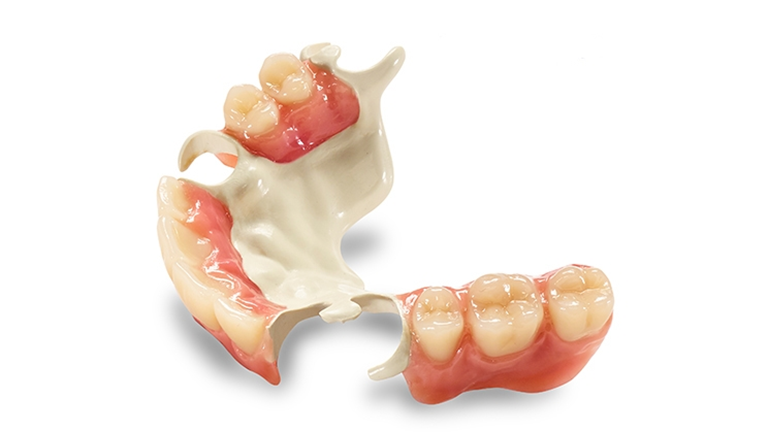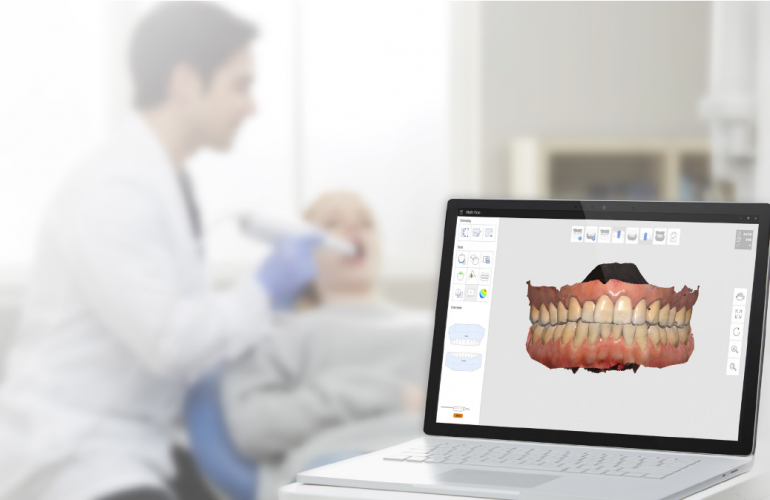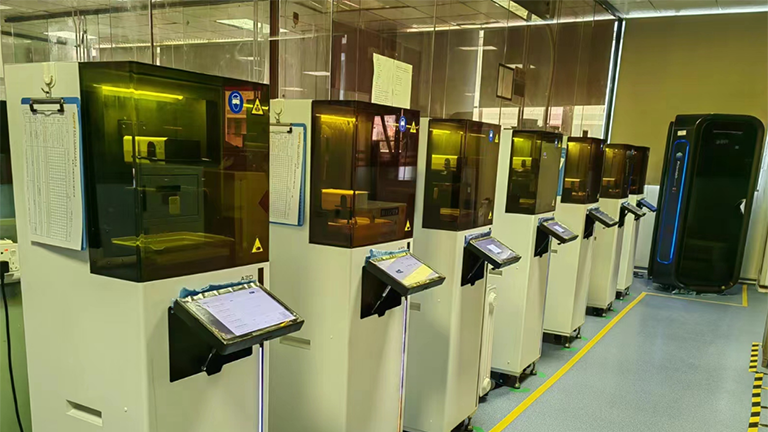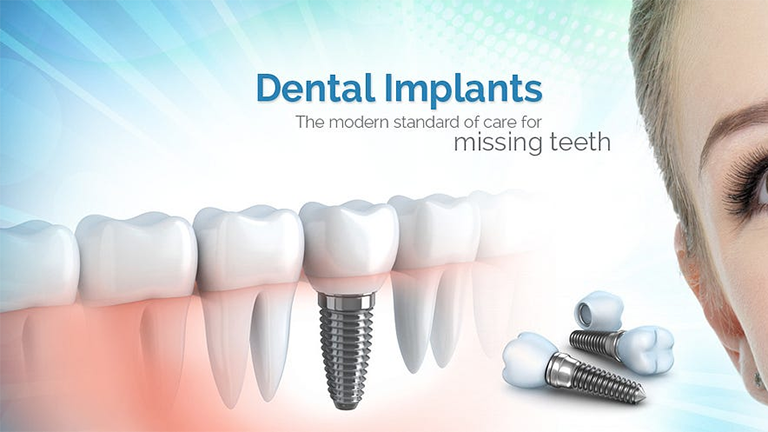The reporter learned from the Institute of Metal Research of the Chinese Academy of Sciences that researcher Liu Zengqian and researcher Zhang Zhefeng of the laboratory of fatigue and fracture of materials of the Institute cooperated with relevant personnel of the University of California, Berkeley and Jilin University of the United States to adopt composite composition and biomimetic design of tissue structure, combining the zirconia ceramics used in clinical application with biocompatible resin, and imitating natural shells Based on the microstructure of nacre layer, a new kind of zirconia resin composite denture material with perfect matching of hardness, strength and modulus with human normal teeth is designed and developed, which is expected to replace the zirconia all ceramic denture widely used at present.
The microstructure of the new denture material is similar to that of the natural shell. The zirconia is arranged in parallel in the form of lamellae or stacked tightly in the form of “brick wall”, and the space between them is filled with resin. The new denture material retains the excellent biocompatibility, corrosion resistance and aesthetic effect of zirconia ceramics, and has a certain plastic deformation ability and unique dynamic energy consumption characteristics, that is, the denture can consume the energy exerted by external force through viscoelastic deformation when it is stressed, so as to protect the tooth bed and grind the teeth.
The hardness and modulus of traditional zirconia ceramic denture are much higher than that of human teeth. When people install this kind of denture, it will significantly accelerate the wear of normal teeth in contact with the jaw and both sides. In the experiment of the new denture material and teeth grinding, the friction coefficient of the material is lower than that of zirconia ceramic, which can significantly reduce the wear of denture on human normal teeth. In particular, the fracture toughness of the new denture material is higher than that of all the denture materials reported at present. The bionic structure of the new denture material can effectively block the crack growth by promoting crack deflection and preventing crack opening.
In addition, the new denture materials are easier to be machined than zirconia all ceramic teeth, especially the computer-aided design and manufacturing (CAD / CAM) method can be used in the hospital to make on-site dentures for patients, which changes the existing zirconia all ceramic dentures can only be processed and produced in the way of “private customization”, thus realizing mass supply and significantly reducing the preparation and processing costs of dentures And shorten the waiting time of patients.
Liu Zengqian pointed out that the new bionic composite denture material is expected to replace the widely used zirconia all ceramic denture, which can significantly improve the use effect and prolong the service life of the denture, and has considerable application prospects and market potential.
At present, the research team is carrying out further research on the fatigue performance, colouring and biocompatibility of the new denture materials under the simulated cyclic occlusion condition, and cooperating with the hospital to explore the clinical application.




